The glass catfish (Kryptopterus bicirrhis) is a fascinating and unique species of freshwater fish that is known for its transparent appearance. These fish are native to Southeast Asia, particularly in rivers and streams in Thailand, Malaysia, and Indonesia.
The glass catfish has a long, slender body that is almost entirely transparent, allowing their internal organs and bones to be visible. They have two long barbels protruding from their mouth, which they use to search for food in the substrate. They typically grow to about 4 inches in length and have a lifespan of up to 5 years in captivity.
Glass catfish are peaceful and social fish that should be kept in groups of 5 or more individuals in a well-established aquarium with plenty of hiding places and plants. They prefer soft, slightly acidic water with a pH of 6.0-7.0 and a temperature range of 72-79°F. They are sensitive to changes in water quality and require regular water changes and maintenance to keep them healthy.
Glass catfish are omnivores and will eat a variety of foods, including flakes, pellets, frozen and live foods such as bloodworms or brine shrimp. They should be fed twice a day with only as much food as they can consume in a few minutes.
Breeding glass catfish can be challenging, as they require specific water conditions and a well-established aquarium. They are egg scatterers and will lay their eggs on plants or other surfaces in the aquarium. The eggs will hatch in about 24-36 hours and the fry can be fed on small, live foods such as infusoria or newly hatched brine shrimp.
One of the most interesting features of the glass catfish is their ability to emit an audible sound by rubbing their swim bladder against their pectoral fins. This behavior is believed to be a form of communication between individuals and is often observed during breeding.
In conclusion, the glass catfish is a unique and fascinating species that can add a sense of intrigue and curiosity to any aquarium. With proper care and attention, they can live for several years in captivity. If you are interested in adding glass catfish to your aquarium, be sure to provide them with a suitable environment, a varied and balanced diet, and compatible tank mates.

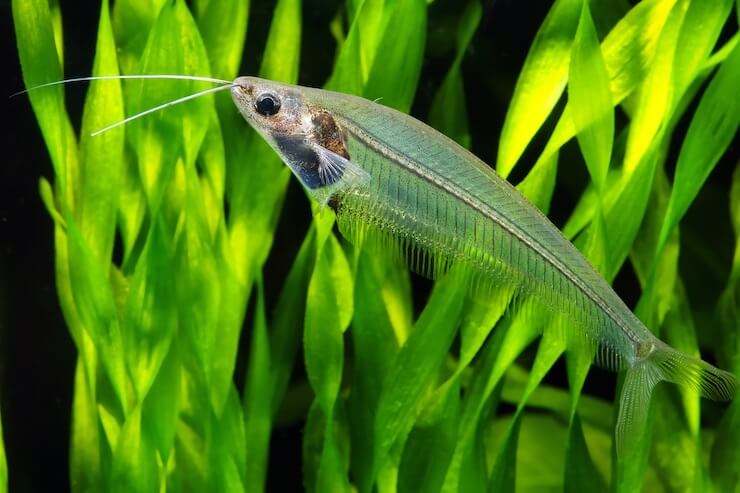
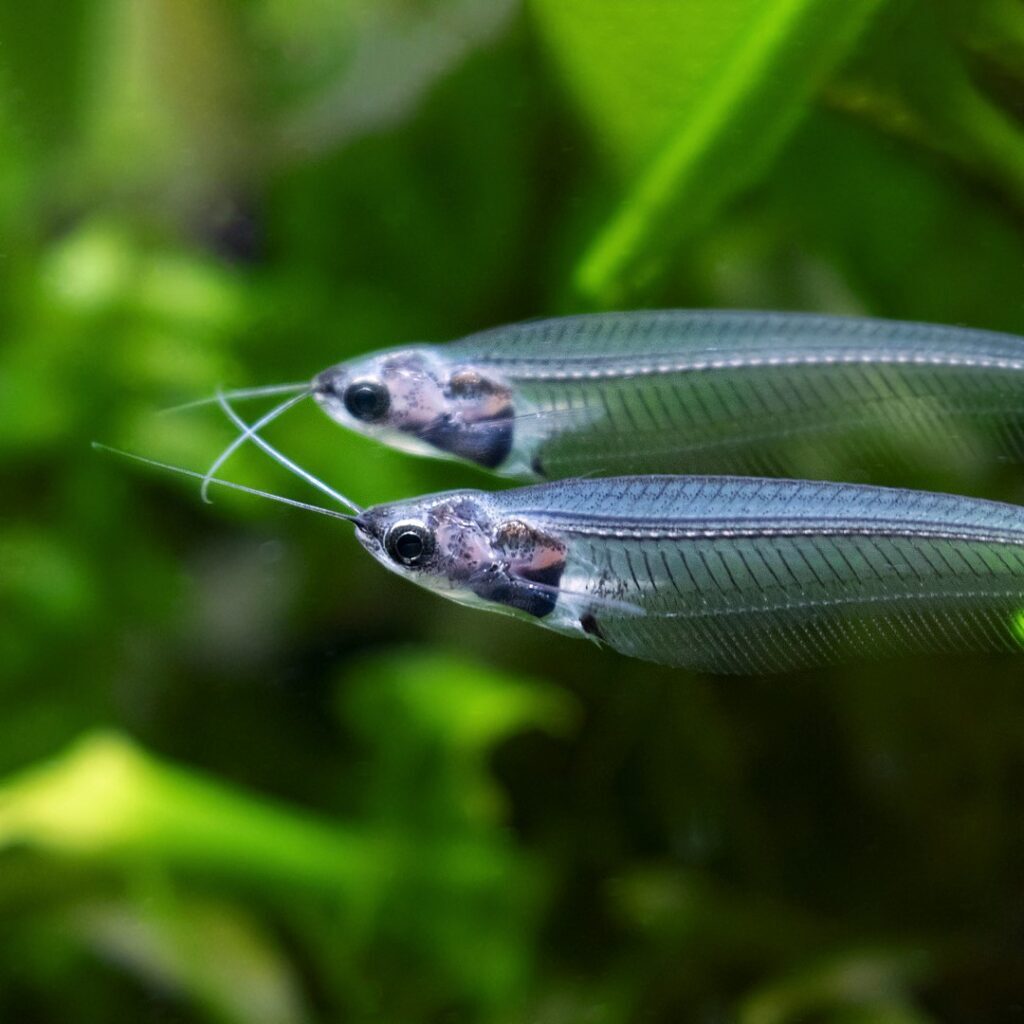
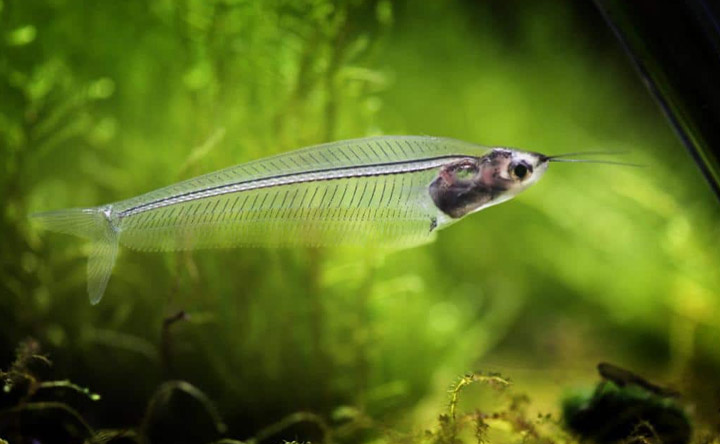
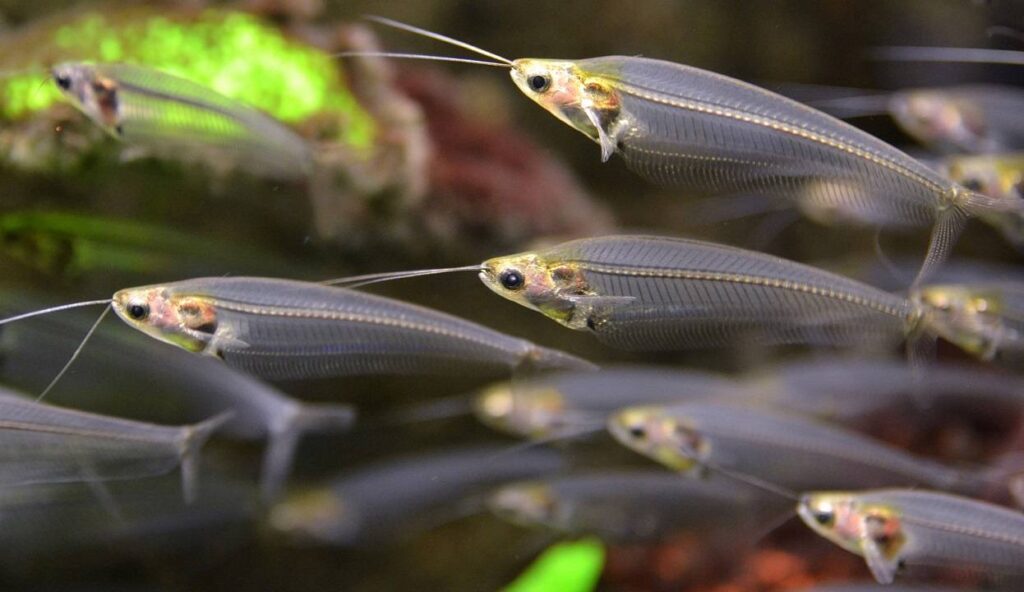
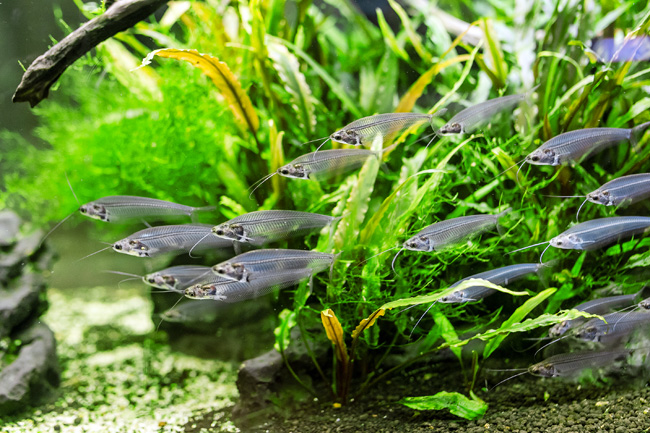
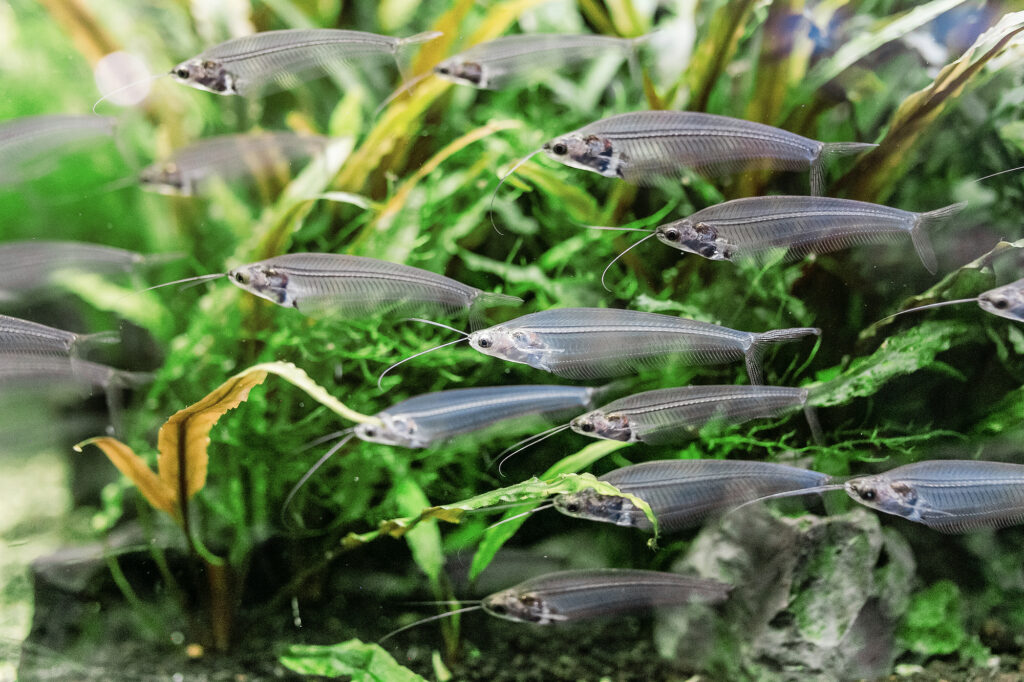
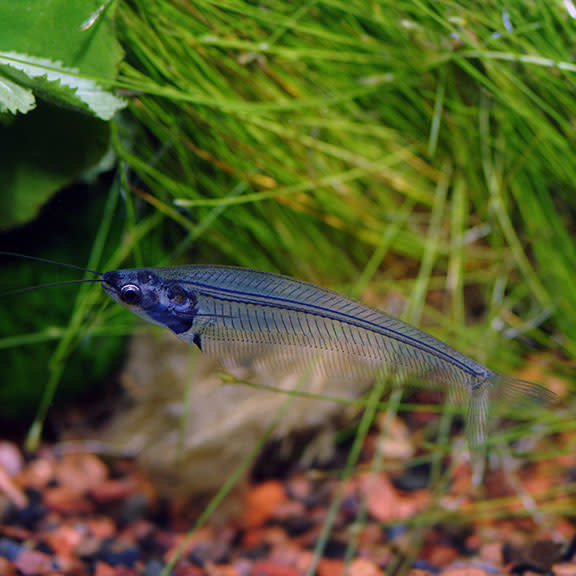
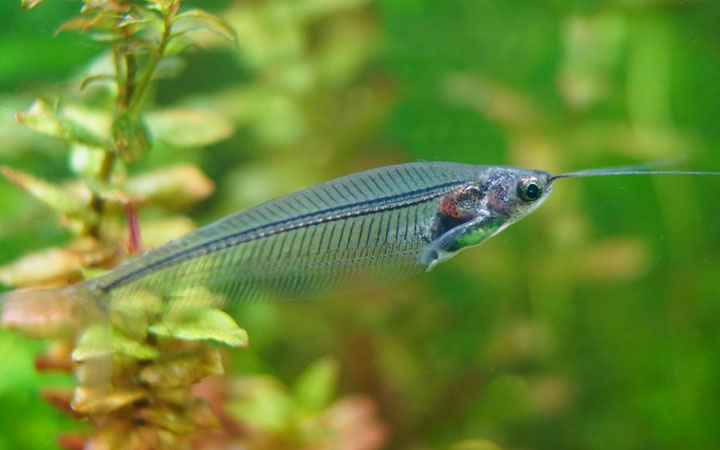
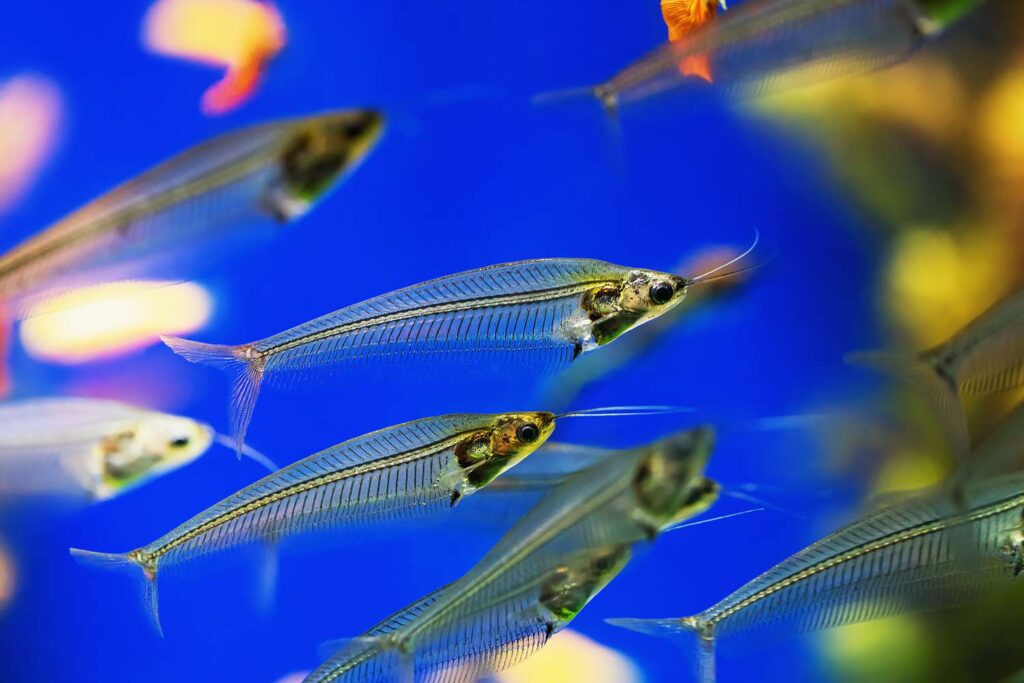
![]()
